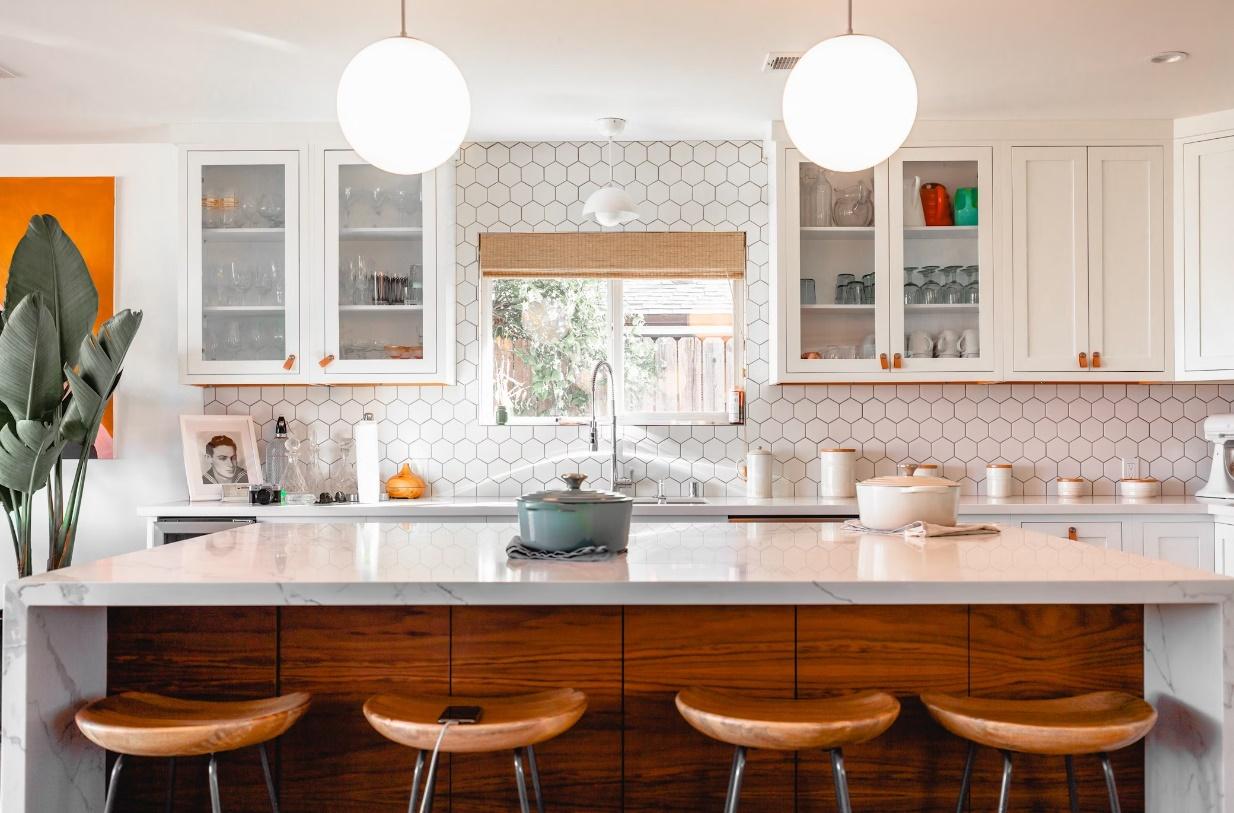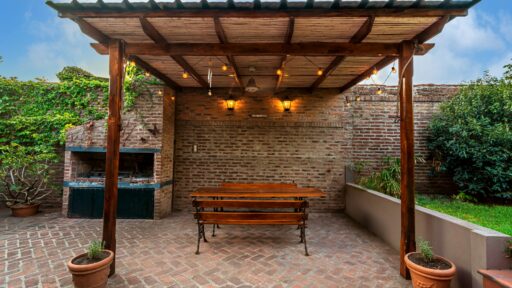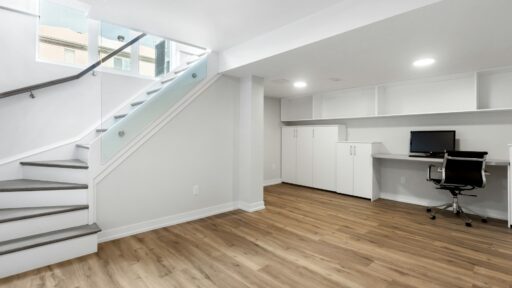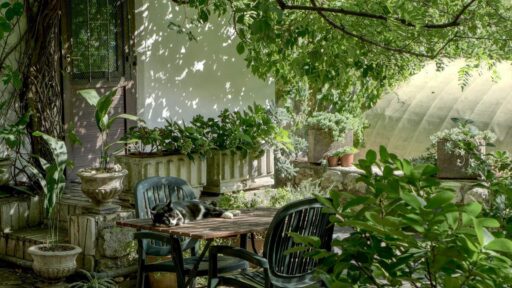Published on: EnthrallingGumption.com
There’s been great hoo-ha about how your house influences your mental health and overall well-being, and we think it’s about time we approach a subject most homeowners are interested in: how to ensure your home design matches your personality.
You will find on the web countless articles that discuss how impactful it is to change your home décor and how it can influence your emotions, so you can feel inspired, restored, and calm. The way your home looks and feels can positively impact your well-being, and equally tweaking the décor to match your personality can have similar influence. In fact, psychologists have identified a clear connection between home owners’ personality types and the way they style their homes. So, this subject is nothing new.
A study from 1988 shows that the placements, type, and amount of seating in your living room is directly linked to your orientation and how introverted or extroverted you are. Hence, are you ready to learn how to build a space that matches your personality?

What Is Personality?
It’s quite challenging to define personality in a couple of words. Psychologists use the term to describe your similarities and differences with other people. Sandland defines personality as something that explains how people feel, think and behave, who they are most of the time. A well-known personality model is based on the Big Five. Research shows that despite people’s differences, their personalities are cut down to 5 broad traits:
- Openness describes how open you are to new ideas and experiences
- Conscientious shows how organized and disciplined you are
- Extraversion describes how you draw energy from other people and if you seek interaction actively
- Agreeableness shows how empathetic, helpful, and trusting you are
- Neuroticism refers to your ability to experience negative emotions.
Are You an Introvert or Extrovert?
How would you react if we tell you that your personality influences your health, job performance, relationships, well-being, and basically every choice you make, including your home décor. An easy way to find out what your personality type is to take a generic test like Myers Briggs, it will tell you some quite interesting things about you, but won’t provide you with information about how to design your house.
Introverts tend to seek calm, comfort, and privacy. Their ideal home is a sanctuary – a retreat from the outside world. They often gravitate toward cozy reading nooks, soft lighting, and soothing color palettes that promote peace.
Extroverts, on the other hand, are energized by connection and activity. They thrive in open spaces that encourage interaction. Their homes often feature bold décor, open-plan layouts, statement furniture, and colors that reflect their vibrant personalities.
Understanding this contrast helps you tailor every design choice – from your living room layout to your bedroom palette – to what suits you best.
Design Tips for Introverts: Cozy, Calm, and Personal
If you identify as an introvert, your home should make you feel protected and relaxed. Here are some design tips to help craft that perfect retreat:
- Create Zones of Solitude: Whether it’s a window-side reading corner or a snug armchair with a view, carve out spaces where you can retreat without distraction. Soundproofing can also enhance the sense of calm.
- Choose Warm, Soft Colors: Introverts often prefer muted tones—think soft greys, forest greens, lavender, terracotta, and deep blue kitchens. These colors ground the space and evoke a sense of tranquility.
- Layer Textures, Not Clutter: Texture brings quiet depth to a room. Try knit throws, linen cushions, warm wood, or woven rugs. Avoid over-accessorizing; each item should have a purpose or emotional value.
- Mood Lighting Matters: Swap harsh overheads for floor lamps, fairy lights, or sconces. Dim, layered lighting creates a peaceful ambiance.
- Personal Touches: Introverts often have strong emotional connections to objects. Showcase items that reflect your passions—books, art, plants, or souvenirs from meaningful travels.
Design Tips for Extroverts: Bold, Social, and Expressive
If you’re an extrovert, your home is your stage and gathering space. You want it to reflect your high-energy lifestyle and welcome guests with ease. Here’s how to channel that energy:
- Open Up the Space: Embrace open-plan layouts where living, dining, and kitchen areas flow together. Large tables and ample seating invite conversation and connection.
- Embrace Vibrant Colors: Don’t be shy with your palette. Sunny yellows, turquoise, coral, fuchsia, and emerald green can energize a room and mirror your lively spirit.
- Statement Pieces Are Your Friends: Go for bold art, dramatic lighting fixtures, or a show-stopping couch. Your space should spark curiosity and conversation
- Design for Hosting: A home bar, music system, outdoor entertaining area, or even a funky gallery wall sets the tone for a good time. Think “what makes people linger?”
- Interactive Décor: Extroverts often enjoy visually stimulating spaces. Try mixing prints, playing with contrast, and incorporating unexpected textures—like velvet, marble, or metallic finishes.
Not One-Size-Fits-All: What if You’re Both?
Maybe you’re an ambivert, or maybe your moods change with the seasons. That’s completely normal, and you can design with flexibility in mind.
- Use room zoning to separate social and private areas.
- Blend bold accent walls with calming corners.
- Choose modular furniture that adapts depending on whether you’re entertaining or nesting.
- Use color blocking to balance stimulation and serenity in shared spaces.
- Home design isn’t about boxing yourself in—it’s about making space for all sides of you.
Final Thoughts: Let Your Personality Guide Your Palette
What if your perfect home isn’t just about trends, but about you? While scrolling through design blogs or watching renovation shows can be inspiring, the most rewarding spaces are the ones that reflect your unique personality. Forget what’s trending, ask yourself what feels right. A home that reflects your personality isn’t just beautiful, it’s emotionally aligned with who you are. Whether you lean toward soft neutrals and serenity or wild prints and party vibes, your design style should make you feel seen, safe, and inspired.
After all, the best design doesn’t come from Pinterest boards, it comes from the heart.








